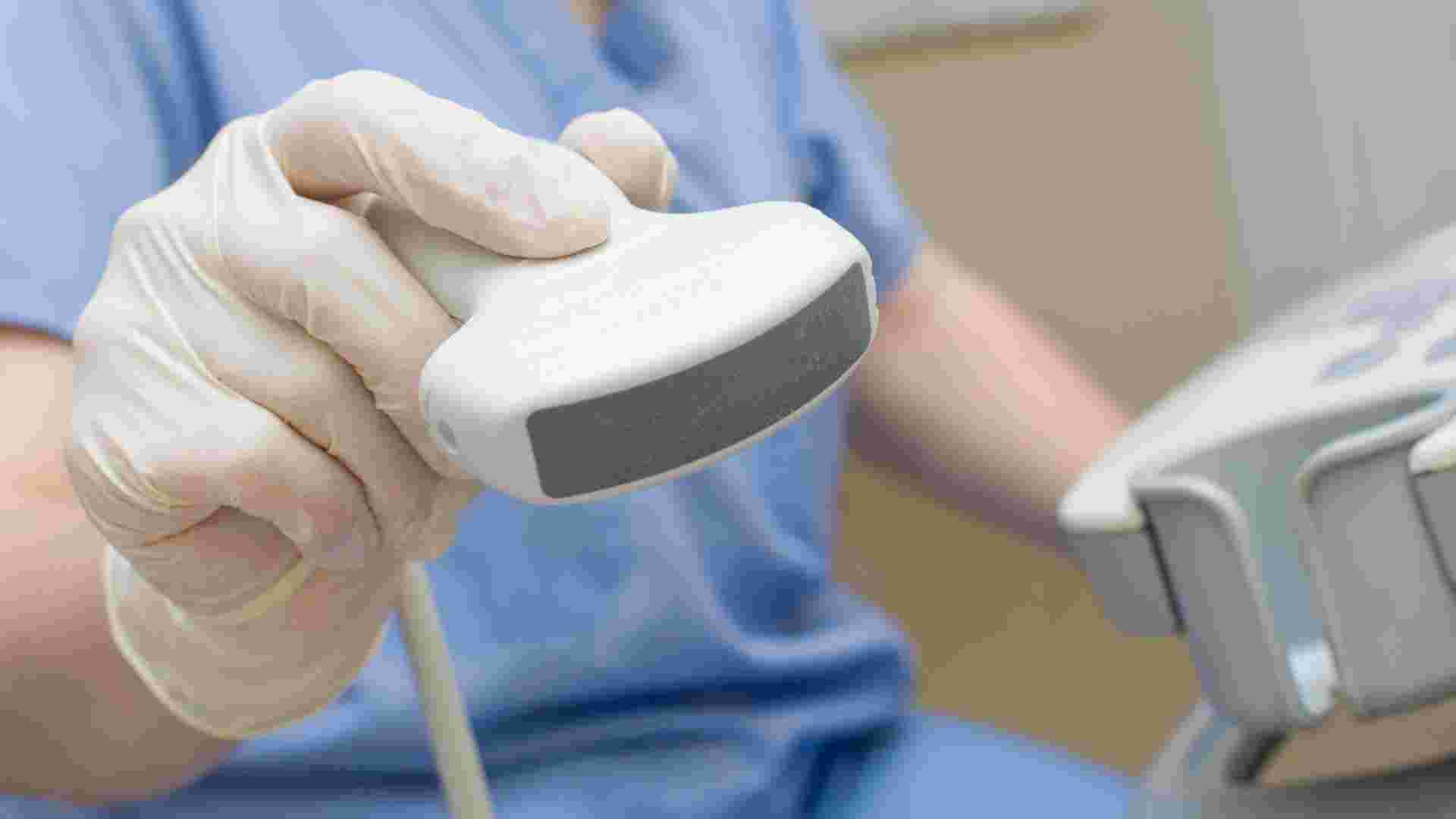![]()
Investigate the Application of Extended Producer Responsibility (EPR) to New Imported Medical Devices in India
Extended Producer Responsibility (EPR) is a concept that has gained traction globally as a means to ensure the environmental sustainability of products throughout their lifecycle. Traditionally applied to electronic waste and packaging materials, EPR can also be effectively employed in the context of new medical devices imported into India. This approach is crucial, given the rapid advancements in medical technology and the increasing volume of medical devices being imported and consumed. This blog will explore EPR Application to New Medical Device Imported into India.
1. Understanding Extended Producer Responsibility (EPR):
EPR is a policy approach where manufacturers take accountability for the environmental consequences of their products throughout their life cycle. This includes not only the manufacturing process but also the product’s use and disposal phases. By integrating environmental considerations into product management and design, EPR aims to reduce the overall environmental footprint of a product.
2. Applying EPR to Medical Devices in India:
1. Product Design and Material Selection:
Manufacturers should prioritise the use of eco-friendly materials in the production and design of medical devices. This could involve selecting materials that are easier to recycle or dispose of without causing harm to the environment. Additionally, designing products with modularity and upgradability can extend their lifespan, reducing the frequency of disposal.
2. Waste Management Systems:
EPR in the context of medical devices should include the establishment of efficient and standardised waste management systems. This involves creating a comprehensive plan for collecting, segregating, and properly disposing of medical devices at the end of their life cycle. Special attention should be given to devices that contain hazardous materials, ensuring their safe handling and disposal.
3. Financial Responsibility:
Manufacturers should bear the financial burden associated with properly disposing and recycling their products. This could involve the creation of a fund to support waste management initiatives, including the development of recycling facilities and the implementation of safe disposal practices. By allocating financial resources, manufacturers are incentivised to invest in environmentally sustainable practices.
4. Data Management and Traceability:
EPR for medical devices should incorporate robust data management systems to track the life cycle of each product. This includes information on the materials used, manufacturing processes, and end-of-life disposal methods. Establishing traceability ensures accountability and helps in monitoring the environmental impact of medical devices over time.
5. Awareness and Education:
To make EPR effective, there should be a strong emphasis on raising awareness about the environmental impact of medical devices among healthcare professionals, consumers, and other stakeholders. Education campaigns can inform users about proper disposal methods and encourage them to participate in recycling initiatives.
3. Challenges and Opportunities:
1. Complex Regulatory Landscape:
Implementing EPR for medical devices in India may face challenges due to the complex regulatory landscape. Coordinating efforts among multiple regulatory bodies and ensuring compliance with existing laws will be crucial. Streamlining regulations and creating a cohesive framework for EPR in the medical device sector will be essential.
2. Infrastructure Development:
Developing the necessary infrastructure for waste management, recycling, and disposal of medical devices is a significant challenge. This includes creating facilities capable of handling different types of medical waste, especially those containing hazardous materials. However, this challenge also presents an opportunity for job creation and economic development through the establishment of waste management facilities.
3. International Collaboration:
Given that many medical devices are imported into India, international collaboration is key. Engaging with manufacturers abroad and encouraging them to adopt EPR principles can have a positive impact on the overall environmental sustainability of medical devices. This collaboration could also involve sharing best practices and technologies for environmentally responsible manufacturing.
4. Innovation in Product Design:
EPR can drive innovation in the design of medical devices. Manufacturers may be motivated to create products that are not only effective in addressing healthcare needs but also environmentally friendly. Designing devices with a focus on reducing waste and ensuring recyclability can contribute to a more sustainable healthcare industry.
Conclusion: Explore EPR Application to New Medical Device Imported into India
Implementing Extended Producer Responsibility for new medical devices imported into India is a multifaceted endeavour that requires collaboration among manufacturers, regulatory bodies, healthcare professionals, and consumers. By incorporating EPR principles into the life cycle of medical devices, India can ensure that the healthcare sector evolves in an environmentally sustainable manner. This not only addresses the immediate challenges of waste management but also contributes to the global effort to create a more sustainable and responsible healthcare industry.





